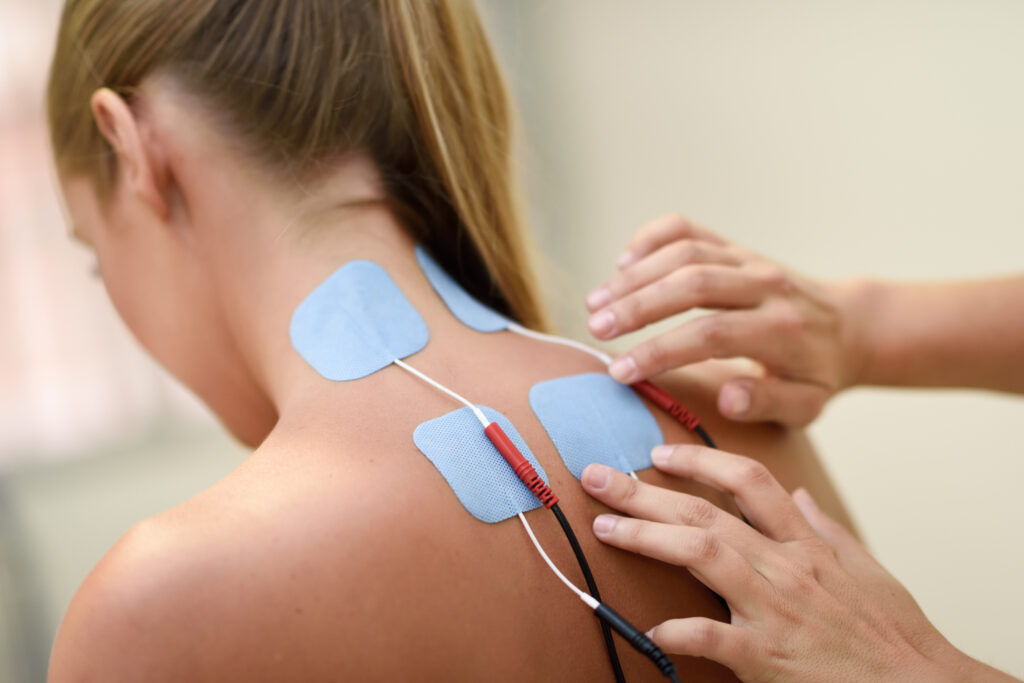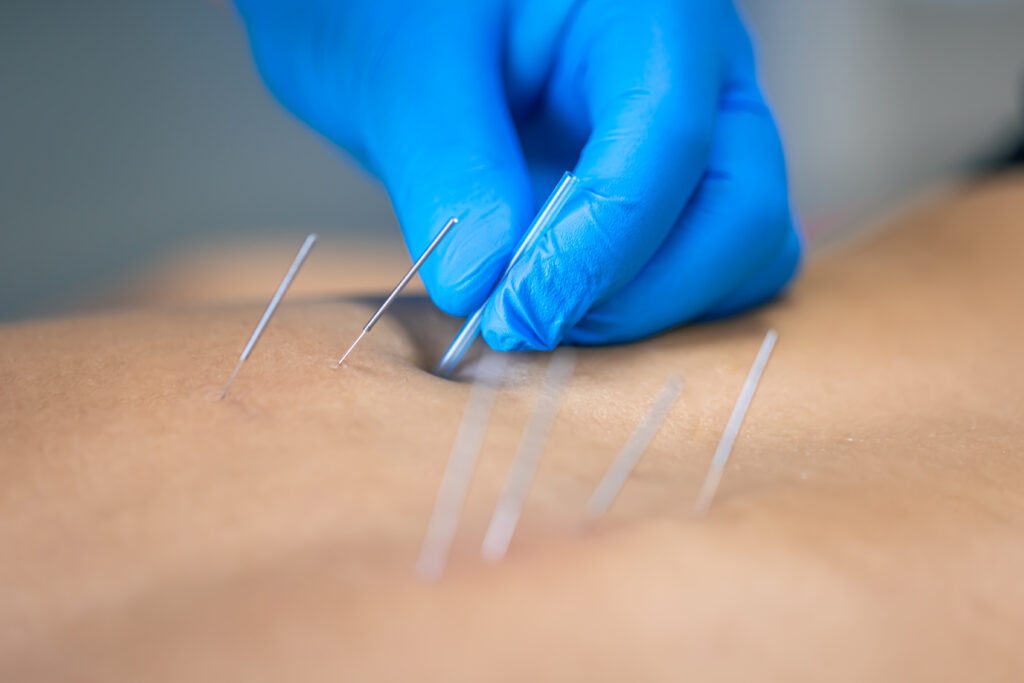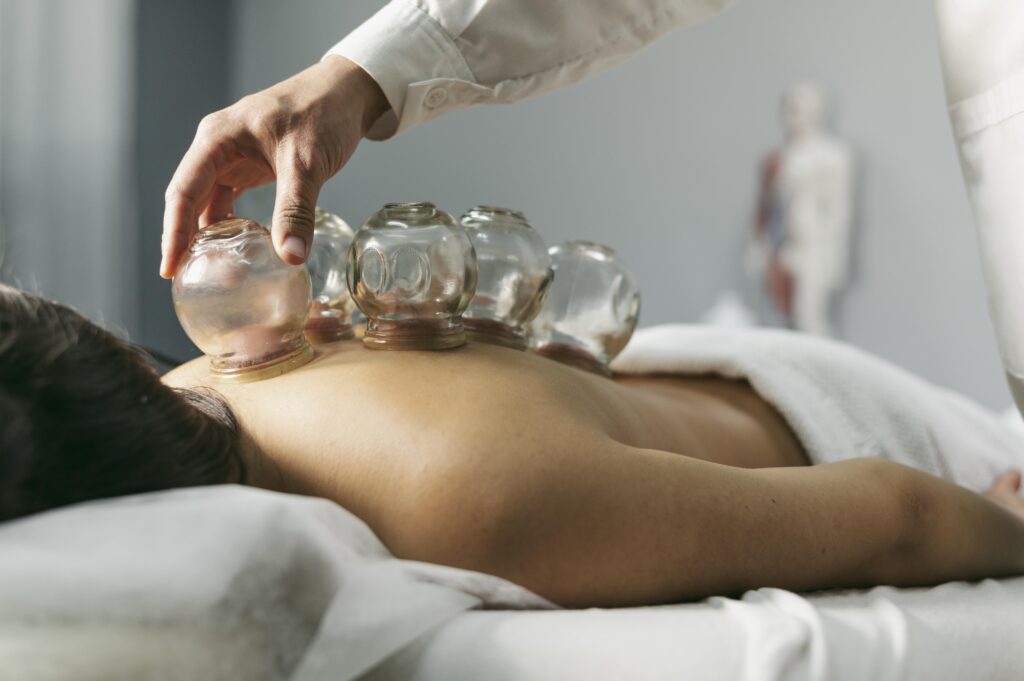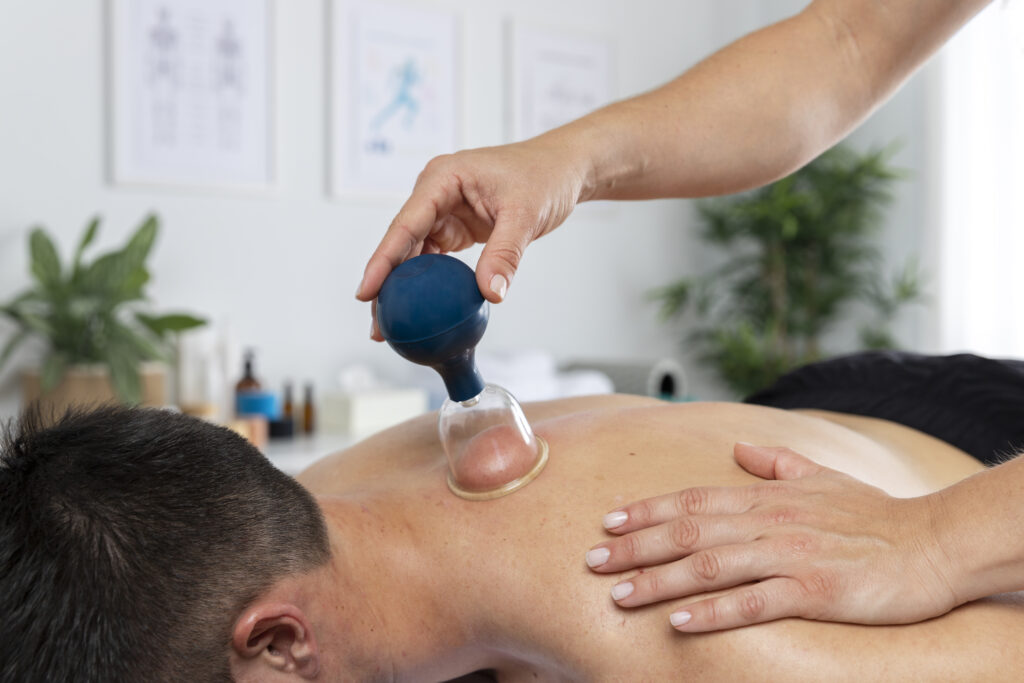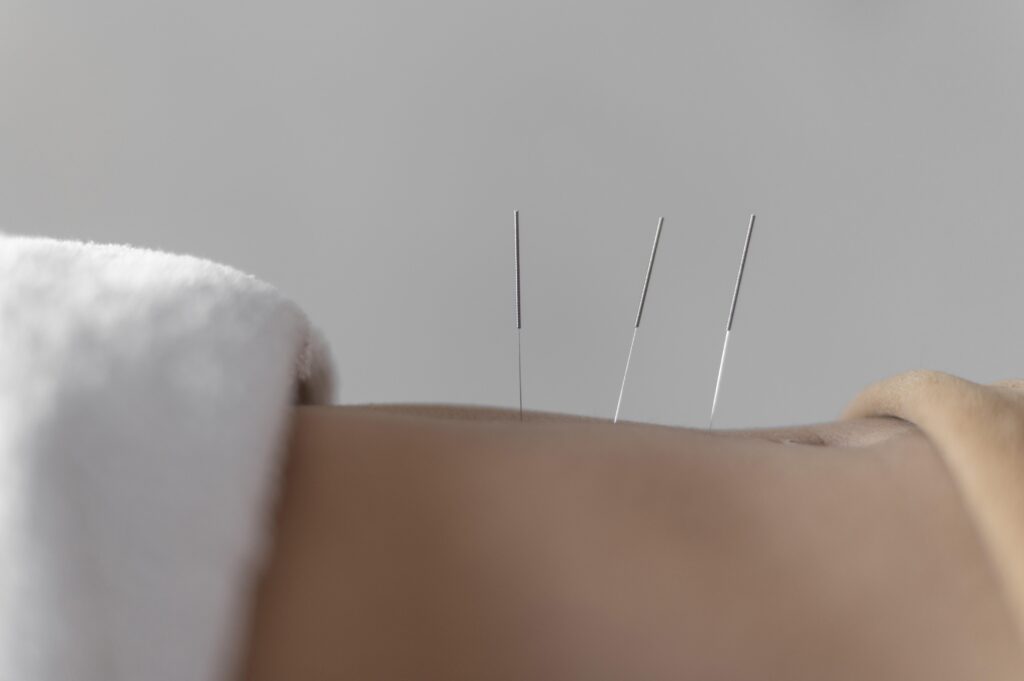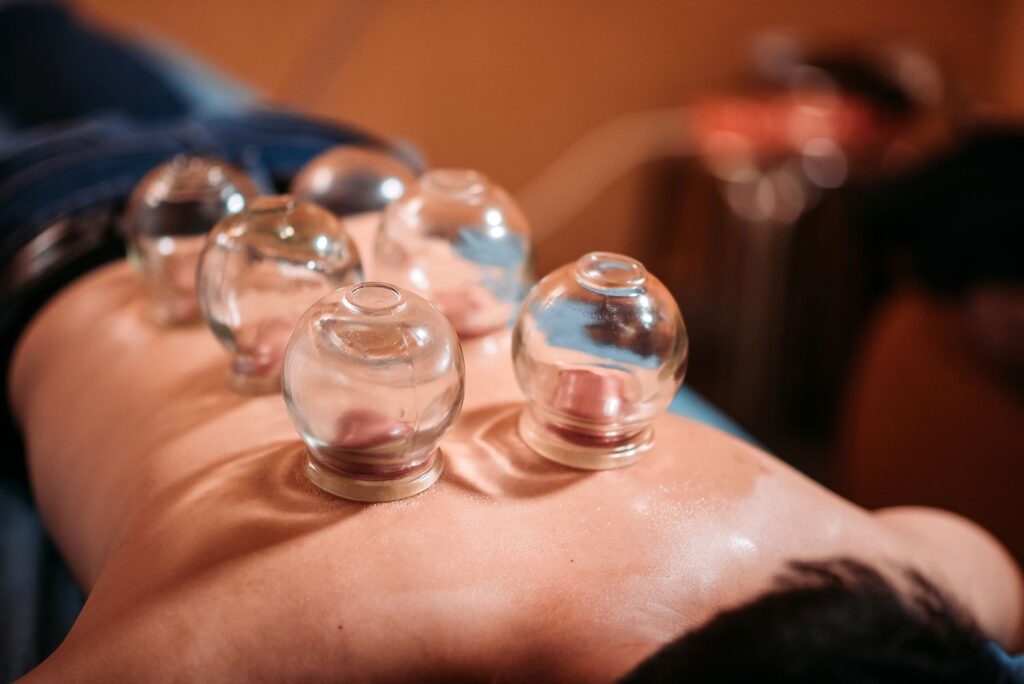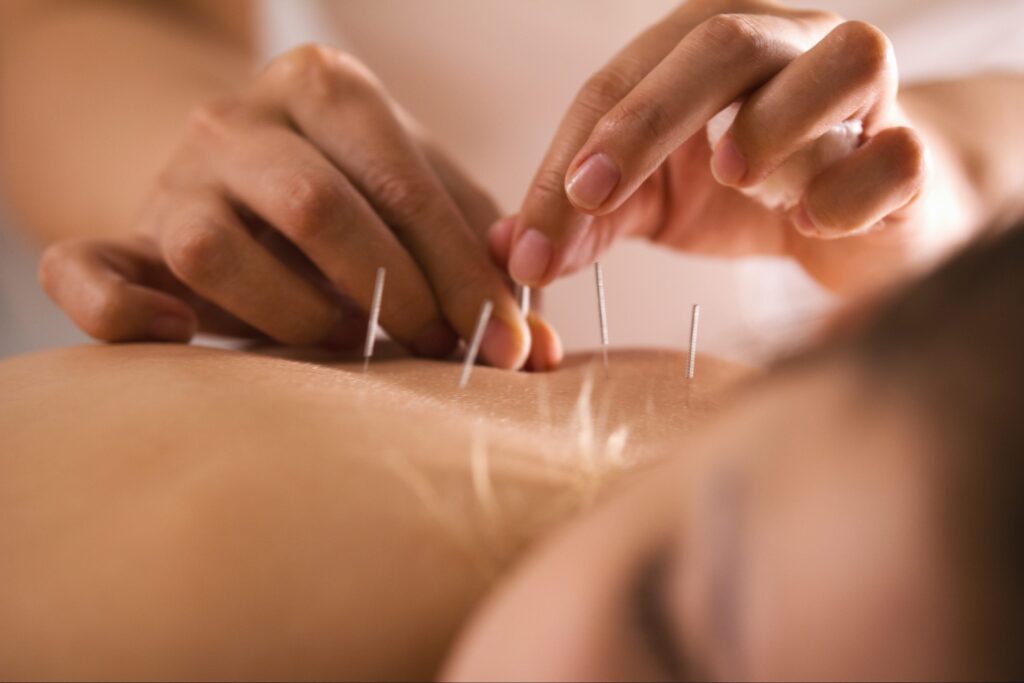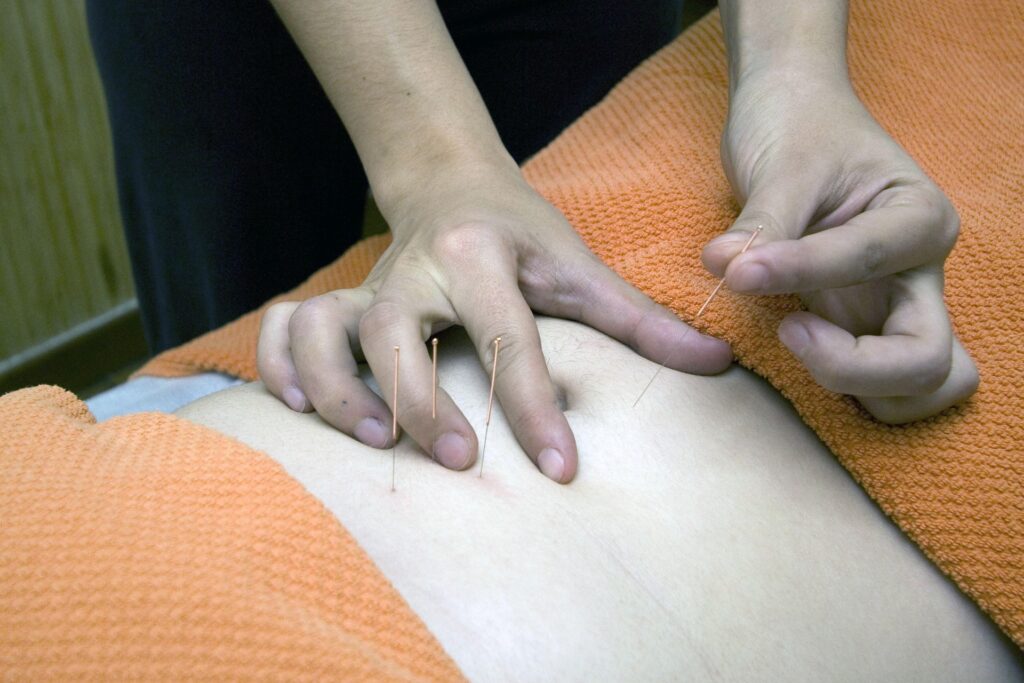The Micro-Recovery Approach: Combining Techniques for Modern Muscle Relief
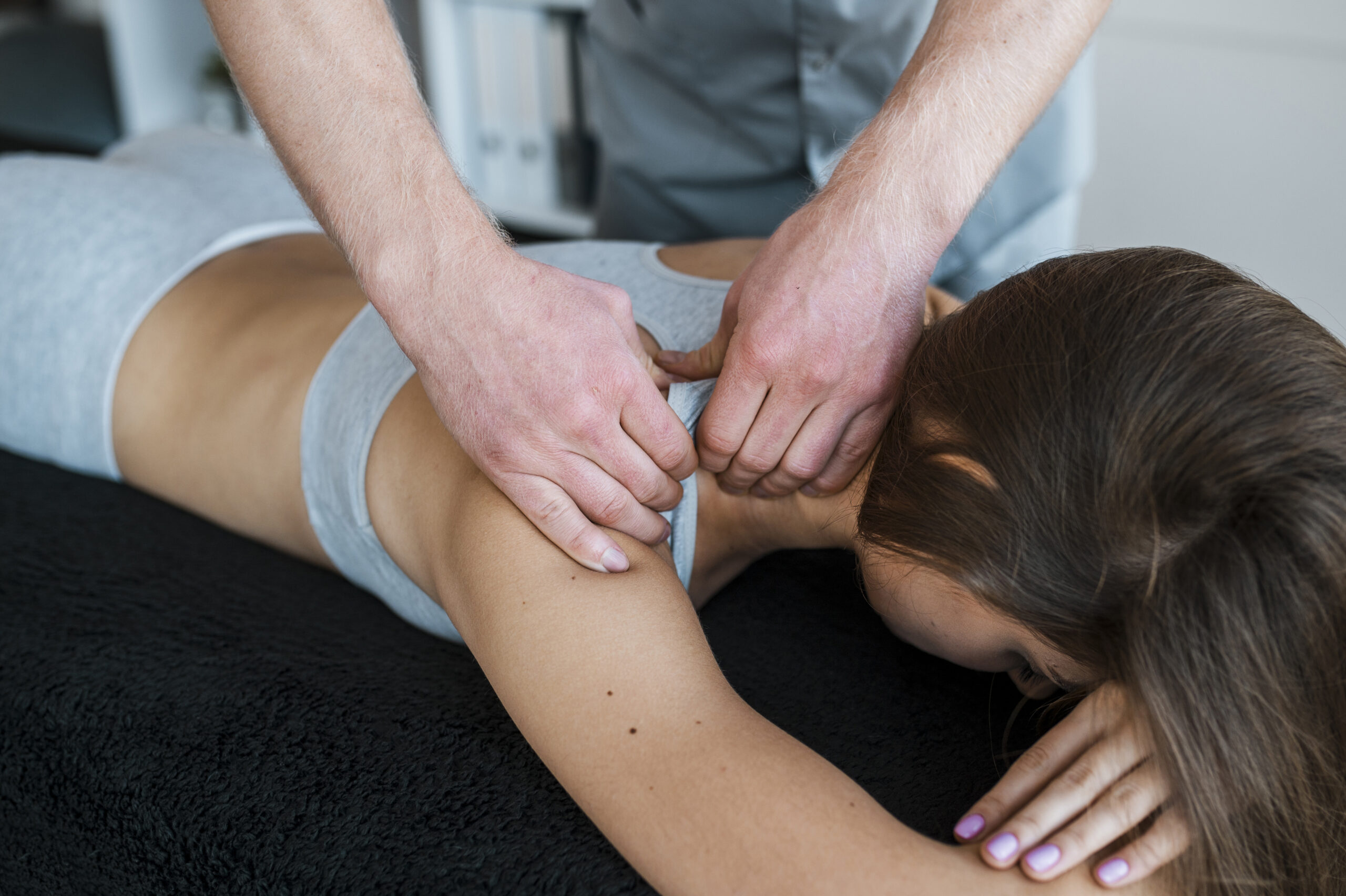
In a city where no one really stops moving, recovery becomes less of a luxury and more of a necessity. For active clients, whether they’re training for a marathon or simply navigating long hours at a desk, muscle tension and movement limitations are often ongoing concerns. As we’ve seen in practice, the best results often don’t come from just one modality; they come from integrating techniques that complement each other.
Dry needling therapy and cupping are proving to be highly effective tools when used individually, but when combined strategically, they can target pain and dysfunction on multiple levels. For practitioners, that means more flexibility in treatment planning. And for clients, it means faster, more complete relief.
Understanding the Why Behind Each Technique
At a glance, dry needling and cupping therapy might seem like they come from completely different philosophies. Dry needling is a modern technique rooted in Western anatomical understanding, while cupping draws from centuries of traditional East Asian Medicine. But the goal of both practices is surprisingly aligned: to release tension, restore circulation, and improve muscular function.
Clients that come to us for dry needling therapy in NYC are often dealing with myofascial trigger points: the tight, knot-like areas in muscle tissue that can cause referred pain and limit range of motion. By inserting very thin needles into these trigger points, we can disrupt the pain cycle and stimulate a twitch response that leads to immediate muscle release.
Clients that visit for cupping therapy in NYC, on the other hand, tend to be drawn to the broader circulatory benefits: reduced inflammation, improved lymphatic drainage, and enhanced blood flow to tight or fatigued areas. Unlike deep tissue massage, which compresses the tissue, cupping uses suction to gently lift it, helping to release stagnation and promote healing without additional pressure on already-tender muscles.
What Makes This Combo So Effective?
Dry needling works deep: targeting the neuromuscular system to release chronic tension from the inside out. Cupping works across by pulling surface tension away from the fascia and enhancing blood flow to the area. When used together, they cover both vertical and horizontal planes of dysfunction. That means we can address the root and the ripple effect, often in the same session.
For example, a client with upper back pain due to posture-related strain might benefit from dry needling in the rhomboids to deactivate trigger points, followed by cupping along the spine to draw out stagnation and reduce inflammation. The result is better posture, less pain, and improved circulation, with less residual soreness than traditional manual therapy might leave behind.
What We’re Hearing from Clients
Clients who’ve experienced this combined approach often report that it feels more “complete.” Many say that while massage or stretching helped temporarily, the effects didn’t last. With dry needling and cupping, the relief tends to hold longer because the treatment addresses both muscular and fascial layers. And because neither method requires strong pressure or intense movement, it’s gentler on clients who are already sore or inflamed.
In NYC, where time is at a premium, this kind of efficiency matters. A 45-minute session that produces noticeable changes in pain, posture, and flexibility is far more valuable to a busy client than a longer session that offers only short-term comfort.
The Role of Education in Client Buy-In
While more clients are looking for the best dry needling in NYC or the best cupping therapy in NYC, many still don’t fully understand what each treatment involves or why it might benefit them specifically. That’s where practitioner communication really comes into play.
We’ve seen strong results when we take time during intake to explain the mechanisms of each technique in clear, non-technical language. Explaining how a trigger point in the glutes can cause knee pain, or how suction from cupping can reduce stiffness in the shoulders by mobilizing fascia, helps clients become active participants in their care. It also increases the likelihood that they’ll follow through on rebooking, home care, and ongoing maintenance.
When to Use Each, and When to Combine
Knowing when to reach for one tool versus the other is part of what sets skilled practitioners apart. We might prioritize dry needling therapy in our NYC clinics when:
- Pain is clearly linked to specific trigger points
- There’s nerve involvement (like sciatica)
- There’s a need for deep muscle reset without external force
We might choose cupping when:
- There’s surface-level tension or swelling
- Clients are sensitive to pressure
- We’re addressing general fatigue or sluggish circulation
And we combine both when:
- Chronic pain has multiple layers of dysfunction
- A full reset of the muscular system is needed
- Clients want both immediate and longer-term relief
How This Fits into a Broader Care Model
This micro-recovery approach aligns well with the larger philosophy we aim to embody. One of integrative, intentional, and responsive care. Whether it’s for athletes, weekend warriors, or desk-bound professionals, our treatment strategies don’t rely on one-size-fits-all solutions. Instead, we offer options that respect both the complexity of the body and the lifestyle of the individual.
With the growing visibility of cupping therapy and dry needling therapy in NYC, there’s an opportunity not just to offer these services, but to lead in how they’re delivered: with precision, adaptability, and a clear connection to results.

